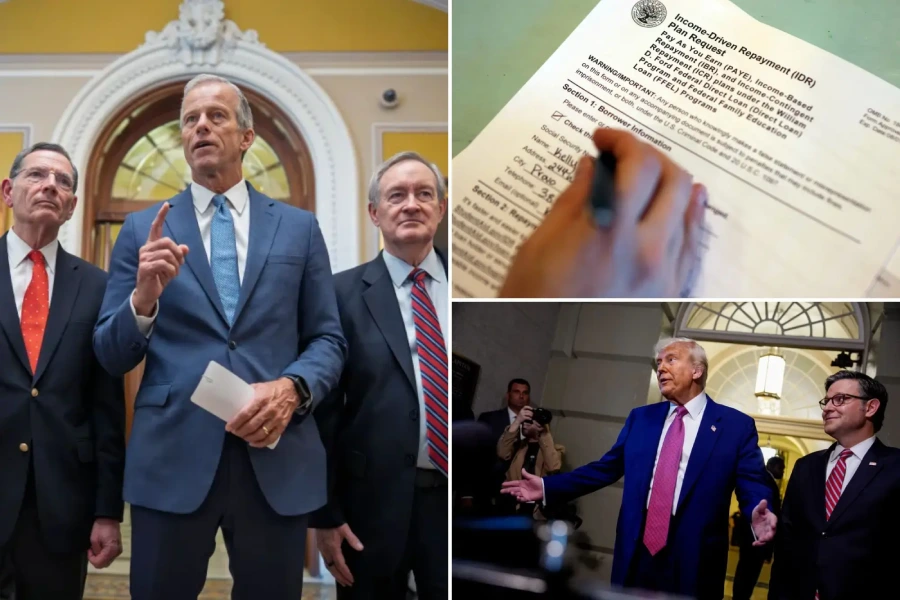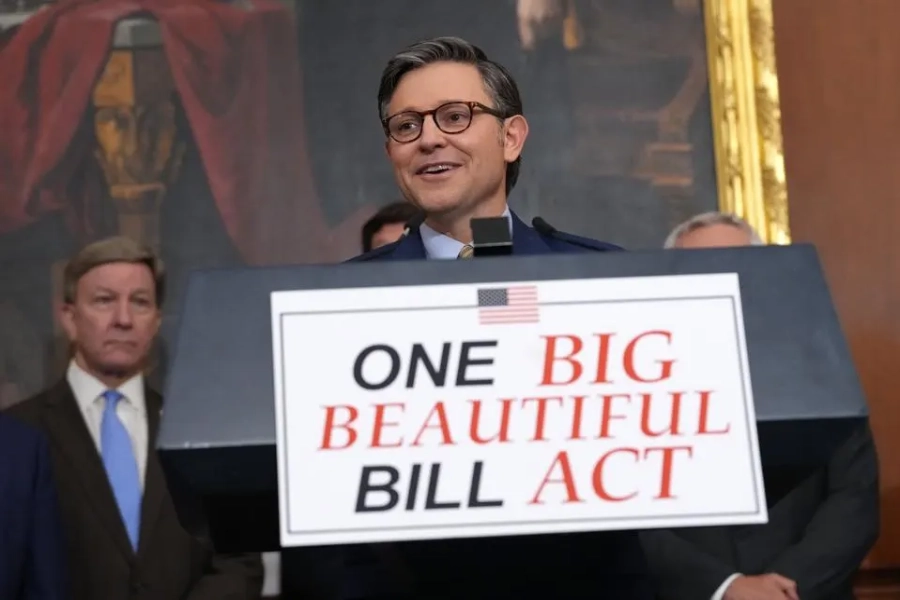In 2025, the Beautiful Bill became a landmark piece of legislation affecting a wide range of federal policies, including student loan programs. While much attention has been focused on its tax cuts and immigration enforcement, the bill’s impact on student loans, grants, and financial aid is profound and potentially transformative. This article examines the legal foundations, key provisions, and consequences of the bill on student loans, offering a comprehensive analysis for students, educators, and legal professionals.

What is the Beautiful Bill? A Closer Look at Student Loan Provisions
The Beautiful Bill represents a large-scale budget reconciliation package that includes sweeping reforms to federal financial aid. Important student loan-related components include:
-
Elimination of Subsidized Loans: For most undergraduate students, the bill phases out the availability of subsidized federal loans, which previously allowed the government to pay interest while students were in school.
-
Reduction of Pell Grants: Pell Grant funding is cut and eligibility requirements are tightened, impacting millions of low-income students.
-
Cuts to Work-Study Programs: Federal funding for work-study programs is decreased, limiting opportunities for students to earn while learning.
-
Public Service Loan Forgiveness (PSLF) Changes: The bill restructures PSLF, making loan forgiveness harder to qualify for, with stricter rules and longer timelines.
-
Increased Reliance on Private Loans: As federal aid contracts, more students may turn to private loans, which generally come with higher interest rates and fewer consumer protections.
These elements mark a significant shift in the federal approach to funding higher education, emphasizing budget cuts over access.
Legal Authority Behind the Bill: Congressional Power and Limits
Congress derives its authority over student financial aid from the Higher Education Act (HEA) of 1965 and its amendments. The Beautiful Bill’s changes are legislated through the federal budget reconciliation process, which allows expedited passage of budget-related laws.
-
Constitutional Basis: Article I, Section 8 of the U.S. Constitution empowers Congress to tax and allocate federal funds, including those dedicated to education.
-
Statutory Constraints: Changes to student aid programs must align with federal statutes like HEA and comply with procedural requirements under the Administrative Procedure Act (APA), which governs rulemaking by federal agencies.
-
Borrower Rights and Due Process: Significant policy shifts, particularly those affecting current borrowers, may require adherence to due process protections to avoid unlawful retroactive effects.

Legal Challenges to the Beautiful Bill’s Student Loan Reforms
The bill’s provisions are expected to face several legal challenges that could influence how and whether the reforms are implemented:
1. Discrimination and Disparate Impact Claims
Since Pell Grants and subsidized loans primarily assist low-income and minority students, their reduction could disproportionately affect these groups, potentially violating Title VI of the Civil Rights Act prohibiting discrimination in federally funded programs. Lawsuits could argue that cuts unfairly burden marginalized communities.
2. Breach of Contract Claims
Borrowers currently enrolled in federal loan programs or participating in forgiveness plans might claim that retroactive changes breach contractual agreements, especially if loan terms are altered or forgiveness is rescinded.
3. Challenges Under the Administrative Procedure Act (APA)
If the Department of Education implements the bill’s changes without proper notice, comment, or justification, affected parties may sue on grounds that the changes are arbitrary, capricious, or procedurally invalid.
4. Potential Constitutional Concerns
Some legal scholars debate whether abrupt changes to established financial aid programs might raise constitutional questions, particularly relating to the Contracts Clause or Equal Protection principles, depending on how the changes are executed.
Impact on Student Borrowers: Practical Legal and Financial Effects
The bill’s provisions have real-world consequences for millions of students and families:
-
Rising Debt Burden: Without subsidized loans, interest begins accruing as soon as the loan is disbursed, increasing overall debt.
-
Reduced Access to Grants and Work-Study: Students from low-income backgrounds face tougher financial challenges, potentially forcing more to take out high-interest private loans or drop out.
-
Stricter Loan Forgiveness Rules: Changes to PSLF and other forgiveness programs reduce the feasibility of debt relief, potentially increasing long-term repayment obligations.
-
Higher Default Risk: More students may struggle to meet repayment requirements, risking damaged credit and legal consequences.
Students must understand these changes and their rights regarding repayment options, deferments, and dispute mechanisms.
Navigating the Beautiful Bill: What Students Should Know and Do
1. Stay Informed About Your Loans
Borrowers should closely monitor official communications from the Department of Education and loan servicers, as new rules may affect repayment plans and eligibility for forgiveness.
2. Explore Alternative Funding Sources
With federal aid shrinking, students should research scholarships, state aid, private grants, and employer tuition benefits to supplement financing.
3. Understand Legal Protections
Current borrowers generally retain their original loan terms, but it is essential to know your rights and consult legal aid or financial counselors if you suspect unfair treatment.
4. Engage in Advocacy
Supporting student advocacy organizations can amplify voices calling for fairer policies and legal accountability.
To gain a deeper understanding of the broad and complex impacts of the “Big Beautiful Bill” on America’s fiscal and social policies, especially from a legal and political perspective, we recommend reading our comprehensive article on this pivotal legislation. It offers detailed insights into its constitutional and economic implications, providing essential context for analyzing the recent changes in student loan policies under this bill. Read the full article on “Big Beautiful Bill: What It Means for America’s Future.”
Conclusion
The Beautiful Bill marks a decisive moment in U.S. education policy, embedding budget cuts and reforms with profound legal and practical consequences for student loans. While aimed at deficit reduction, these changes risk undermining access to affordable higher education for millions of Americans.
Legal challenges are likely to shape the bill’s ultimate impact, as courts review its compliance with civil rights protections, contractual obligations, and administrative law. Students and families must stay informed and proactive in protecting their educational opportunities amid this evolving landscape.
For policymakers, legal professionals, and borrowers alike, the Beautiful Bill underscores the complex intersection of law, finance, and education in America’s democratic governance.
FAQ
Q1: Will the Beautiful Bill eliminate all federal student loans?
No, it mainly phases out subsidized loans for new borrowers but keeps unsubsidized loans available.
Q2: Are current borrowers protected from changes?
Generally, yes. Retroactive changes to existing loan terms face legal scrutiny and may be challenged.
Q3: What legal recourse do borrowers have?
Borrowers can challenge violations of their rights through lawsuits alleging discrimination, breach of contract, or improper agency action.
Q4: How can students cope with reduced aid?
Seeking alternative scholarships, grants, and financial counseling is essential. Awareness of rights and repayment options is critical.

